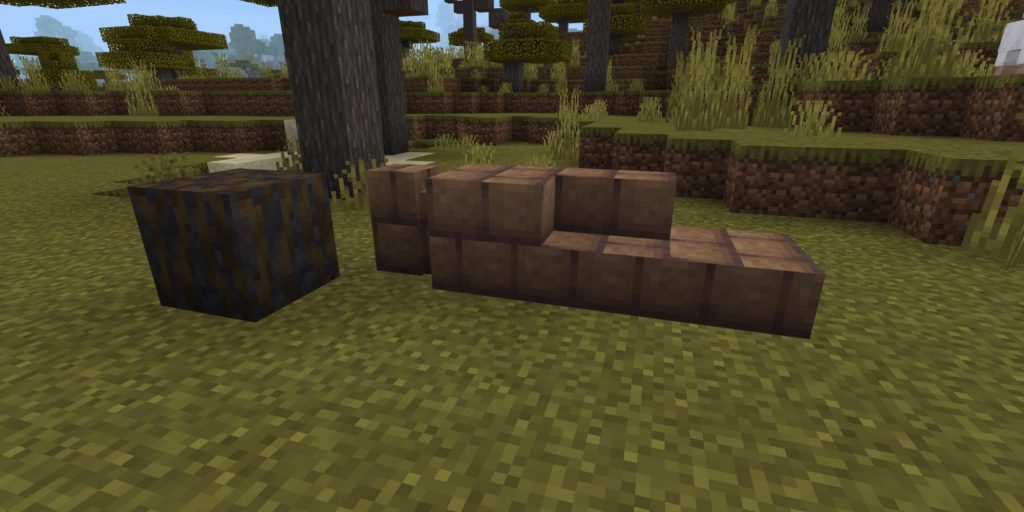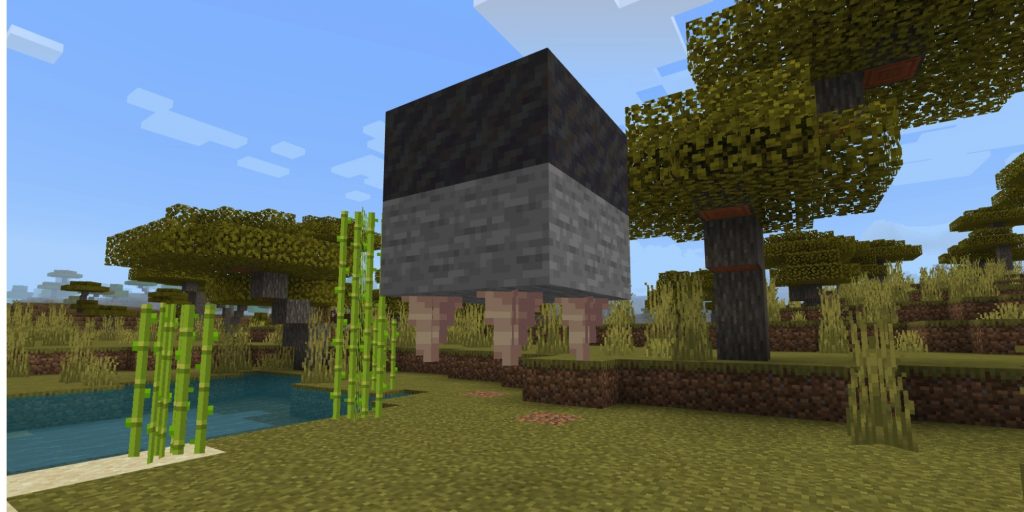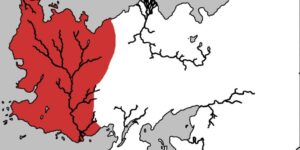One of the many new major additions included with the Minecraft 1.19 Wild Update was the introduction of the new Mangrove Swamp biome. A new biome brings new natural blocks. In this case, mangrove logs, mangrove leaves, and mud have made their way into the game, along with a few others. The logs and leaves aren’t exactly groundbreaking, behaving much like all previous forms of wood and leaves, but mud is very unique.
Not only can mud be found naturally in this biome, but it can also be created by the player rather easily. Mud can be used as a crafting ingredient for numerous decorative blocks, but maybe more importantly, can be used to create loads and loads of clay, something that was previously impossible in Minecraft.
How To Make Mud In Minecraft
If players are struggling to find a Mangrove Swamp in their world, they need not worry, as they can still get their hands on mud very cheap. Mud is not crafted but instead is made by interacting with a dirt block while holding a water bottle. Doing so will wet the dirt and empty the water bottle, leaving the player with a mud block that can be harvested.
This water bottle can be refilled indefinitely by interacting with a water source, making mud extremely easy to mass-produce, only costing a dirt block each. Regular dirt, coarse dirt, and rooted dirt can all be turned into mud using this same method. Grass blocks, podzol, and mycelium can not be turned into mud unless the player harvests them first to turn them into dirt.
What Can Players Craft With Mud?
Mud blocks can be used to craft two different things, packed mud and muddy mangrove roots, and packed mud can then be used to create more decorative blocks. To create packed mud, players need to combine a single piece of wheat with a mud block in a crafting table, outputting a single block of packed mud. Similarly, muddy mangrove roots are made by combining a mud block with mangrove roots. At the time of writing, these can not be used to craft anything further and are purely decorative.
Once players have packed mud, they can use it to craft mud bricks. This is done by placing four packed mud blocks in a 2×2 arrangement on the crafting table, which will output four mud bricks. These look just like stone bricks, but with a lighter brown color. Like other brick blocks in Minecraft, players can use mud bricks to craft mud brick slabs, stairs, and walls using the standard crafting arrangements.


How To Create Clay Using Mud
Perhaps the best part of mud is its ability to be turned into clay. Long gone are the days of boating along shores in search of tiny patches of clay, good for only a few bricks. To turn mud into clay, players must place the mud blocks atop another block, which has a pointed dripstone beneath it, as shown in the image below.


Pointed dripstone can be found in dripstone caves forming stalactites and stalagmites on the ceilings and floors. When harvested and placed on a ceiling, they will drip water, dehydrating the blocks above them. When mud is placed two blocks above them, it will slowly but surely be transformed into clay.
This will take a few minutes to complete, so it’s advised to load up on lots of pointed dripstone and convert mud to clay in bulk, as opposed to one at a time. Once the mud block is transformed into clay, it is free for harvesting, and a new mud block can be put in its place.
- amazon prime gaming
- axie infinity
- Casino Games
- coingenius
- Dualshokers
- EA Sports
- Evil Geniuses
- Gaming
- gaming headset
- gaming pc
- Guides
- madden nfl
- Minecraft
- Nintendo
- Online casino games
- pc games
- plato
- plato ai
- plato data intelligence
- plato game
- plato gaming
- platodata
- platogaming
- playstation
- prime gaming
- Team SoloMid
- xbox
- zephyrnet












